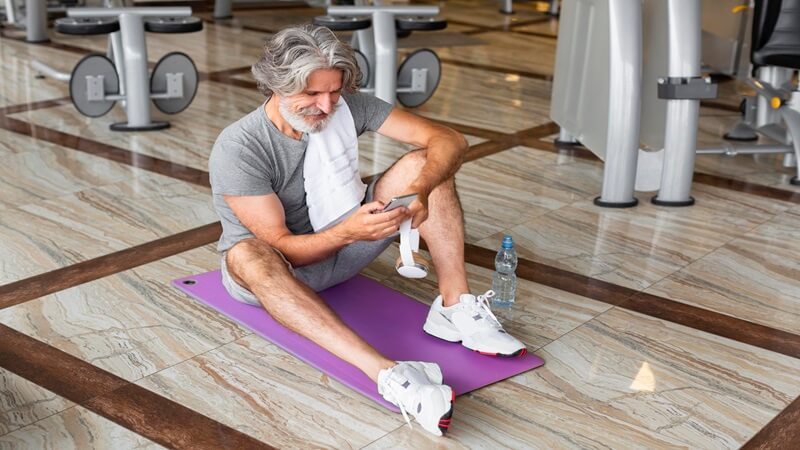Cardio exercises are crucial for elderly people. They help keep the heart healthy, improve mood, and boost overall well-being. However, it’s important to ensure these exercises are done safely, especially in assisted living settings. Here are some simple and effective safety tips to keep in mind when doing elderly cardio exercises.
Consult with a Doctor
Before starting any exercise program, it’s vital to consult with a doctor. They can provide a health assessment and recommend suitable exercises. This step helps avoid any potential health risks and ensures that the exercises are appropriate for the individual’s fitness level.
Warm Up and Cool Down
Always start senior fitness routines with a warm-up and end with a cool-down. A warm-up prepares the body for exercise, helping to prevent injuries. Simple activities like marching in place or gentle stretching can be effective. Similarly, cooling down helps the body recover and reduces muscle soreness.
Use Proper Footwear
Proper footwear is essential for any cardio for elderly exercise. Shoes should be comfortable, provide good support, and have non-slip soles. This helps prevent falls and ensures stability during exercise.
Stay Hydrated
Elderly individuals should drink water before, during, and after exercising. Staying hydrated helps maintain energy levels and prevent dizziness or dehydration.
Supervise the Exercise
Having supervision during exercise can prevent accidents. Staff members or caregivers should be present to assist and monitor the elderly during their workouts. Assisted living communities health care services ensure that the elderly perform exercises correctly and safely.
Choose Low-Impact Exercises
Low-impact exercises, such as a Nordic lifting mini stepper, are gentle on the joints and reduce the risk of injury. Walking, cycling on a stationary bike, and water aerobics are also excellent low-impact cardio options. These exercises, including the Nordic mini stepper, provide cardiovascular benefits without placing too much strain on the body.
Monitor Heart Rate
Keeping an eye on heart rate is important during cardio exercises. Elderly individuals should exercise within a safe heart rate range. Using a heart rate monitor can help track this. It’s also beneficial to know the signs of overexertion, such as shortness of breath or dizziness, and stop exercising if these occur.
Adapt to Individual Needs
Each individual has different fitness levels and health conditions. Exercises should be tailored to meet these needs. For example, someone with arthritis might benefit from water aerobics, while another person might prefer walking. Adapt exercises to suit the person’s abilities and preferences.
Create a Safe Environment
The exercise area should be safe and free of hazards. Ensure the floor is dry and free from obstacles that could cause tripping. Equipment should be in good working condition. A safe environment reduces the risk of accidents and injuries.
Encourage Regular Breaks
Taking regular breaks during exercise can prevent fatigue and overexertion. Allow time to rest and recover, especially during longer exercise sessions. This helps maintain energy levels and reduces the risk of injury.
Listen to the Body
Finally, it’s crucial to listen to the body. If something feels wrong, it’s important to stop and rest. Pain is a signal that something isn’t right. Encouraging elderly individuals to pay attention to their bodies helps prevent injuries and promotes safe exercise habits.
Ensure Safety in Elderly Cardio Exercises
Exercise is beneficial for everyone, including the elderly. By following these safety tips, elderly individuals can enjoy the health benefits of cardio exercises while minimizing risks. Remember, safety should always come first in elderly cardio exercises. If you need further assistance or personalized exercise plans, consider speaking with a fitness professional or healthcare provider. Happy exercising!
For more topics aside from safe exercises for seniors, visit our blog!
